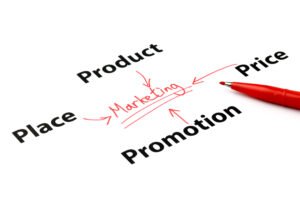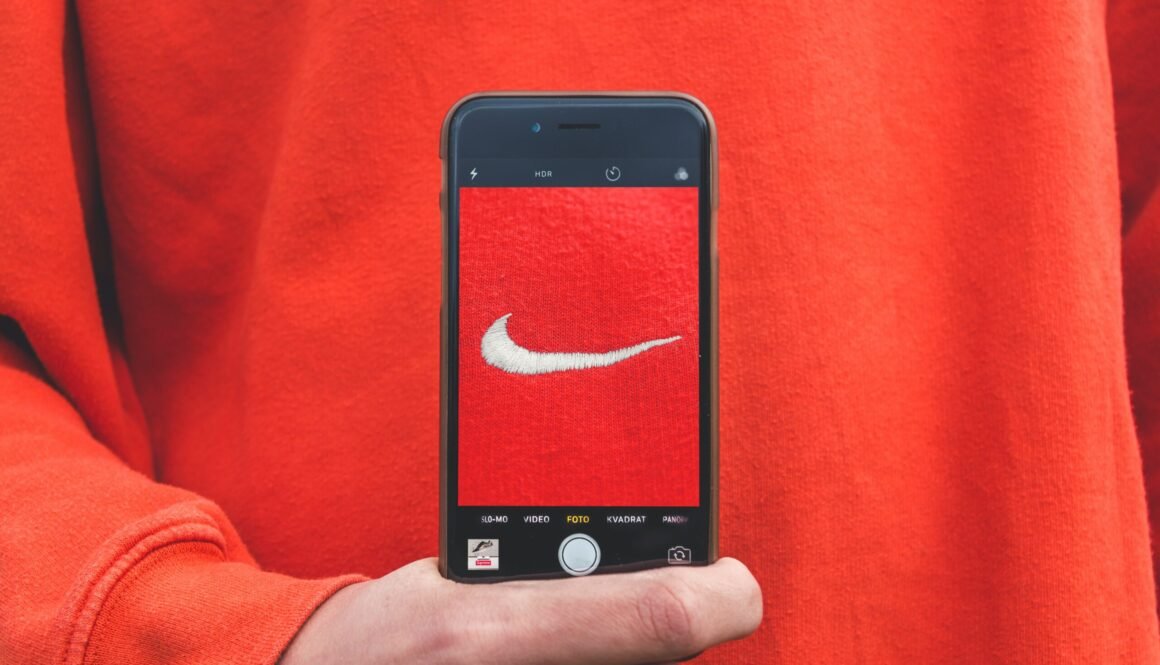Every new year brings new trends, and in 2025, production is more complex than ever. With new technologies arising and ever-changing societal norms, it is important to stay in the know. So, how do you make your business stand out with trendy signage, trade show displays, and fleet graphics? Let’s take a look.
Interior and Exterior Signage:
Well executed signage brings your brand to life. From storefront displays to indoor graphics, every business needs captivating and appealing signage. Make a lasting impression with trendy designs and materials.
That Vintage Shine
The simple truth is that people are attracted to things that shine. Bold and bright colors are the first to draw attention. In 2025, colorful and dimensional graphics are all the rage. Adding a glow, illusion, or quick movement will catch eyes and draw focus towards your brand.
This attraction to the bold and bright is not new. In fact, high saturation of color is a vintage trend. Using nostalgic designs and strategies generates positive emotions. The goal of this technique is to create associations between your brand and that warm feeling.
Simple, Short, and Sweet
On the opposite end of the spectrum, 2025 consumers also love a minimalistic feel. Simple fonts and colors, while maybe not as eye-catching, offer a comfortable aesthetic that society craves. Sometimes, only a few words or a short phrase is all a business needs to communicate its values and identity. Let’s be honest—no one is gonna read a crowded sign, especially in today’s digital world. Keeping readability high but word count low is the way to go.
As B2C communication becomes more and more generalized, localization is a welcome element. Showcase your goodwill as a business by creating more personalized signage. Let’s say you own a fitness center company called “Gym Rats” that has multiple locations in Rochester, NY. Relating to and appreciating customers specific to each location will generate positive impressions. For example, even a sign as simple as “Welcome Park Ave Gym Rats. Let’s get movin’!” could bring a smile to a customer’s face.
The Material Conundrum
Choosing a material for your signage is not as easy as it may seem. Between metal, wood, acrylic, and vinyl, it can be hard to find the right fit to go with your brand. In 2025, two materials stood out as this year’s top choices: metal and wood.
Metal signage can represent many things—strength, durability, elegance, and professionalism—so the question is, does this imagery fit with your brand’s identity? For high-end or formal businesses, metal lettering and signage may just be the perfect way to go.
On the other hand, wood signage represents warmth, authenticity, and sustainability. Businesses like cafes, diners, book stores, and trinket shops typically aim to create a comforting environment, making wooden lettering and signage a perfect fit.
Acrylic and vinyl are great options for businesses looking for cheaper yet durable signage. One advantage of these materials is their customizable property. From coloring to lighting and placement, acrylic and vinyl signage offers endless possibilities to fit your brand.
Do Good
Environmental and societal goodwill is all the rage in 2025. Consumers want to see businesses doing their part to make the world a better place. Therefore, being conscious about the environmental impact and durability of your signage is important. Choose to work with a production agency that ensures sustainable practices for sourcing and creating signage.
It’s not just the environment people care about, it’s each other. Today, it is especially important for signage to be readable for everyone. Whether that’s increasing the font size or including braille, consumers will appreciate the inclusivity.
Trade Show Displays:
Today, any event space can be turned into an immersive brand experience. Custom solutions stun audiences and elevate your brand’s presence and perception. The key to a memorable display is tailoring it to the modern audience.
Nature But Inside
Imagine this: you are a professional who has traveled far and wide to visit a trade show. For hours you have been exploring exhibits and networking. Tired and uninspired, you are looking forward to the end of the day. The next booth you enter is filled with nature—vines line the walls and flowers fill the air with sweet smells. Immediately you feel relaxed and more open to the experience.
This method of bringing the fresh air inside not only conveys an eco-friendly message, but it is refreshing and engaging to a trade show audience. In 2025, professionals are busier than ever. With emerging technologies and saturated markets, businesses and consumers alike are on the hunt for reliable, down-to-earth companies. What better way to showcase those qualities at a trade show than by implementing a little bit of nature?
The Future is Now
Even with the advanced technology we have in 2025, the desire to know what the future holds hasn’t gone away. Make your exhibit stand out with a real time machine. Well, not a real time machine, but giving your booth a clean, futuristic flare sure works. Technological elements such as QR codes, virtual games, AR, and VR, can completely transform your booth into something from 2050.
Go Full Sensory
Why capture attention with only stunning visuals when humans have 4 other senses as well? That means having something to listen to, touch, taste, and sniff. With today’s advanced technology, there are endless interactive experiences to develop. One sensory experience that never fails to attract attention is oversized product replicas. We can all agree—anything blown up over 5 times its normal size is immediately more interesting.
Flexibility is Everything
Time is money. It’s an old saying, but still holds true in 2025. That is why creating reusable booth elements is all the rage. Not only is repurposing a time and money saver, but it is also environmentally sustainable. With adaptable exhibits, businesses are able to keep up with ever-changing styles while being conscientious.
Fleet Graphics:
Vehicle wraps transform fleets into moving billboards, generating unmatched visibility. With millions of cars on the road each day, how can you make sure that your vehicles are fashionable and attention-grabbing?
Full Coverage Fancy Finishes
Spot graphics may be the simpler, cheaper solution, but in 2025, full vehicle wraps are much more eye-catching. Transform your fleets with full vehicle graphics that are bright and bold. Larger, more impactful designs allow vehicles to stand out amongst other branded cars.
So you want full wrap—should the finish be glossy, metallic, or matte? While glossy is the traditional route, metallic and matte finishes are emerging trends in 2025. Metallic wraps are forward and flashy. If your brand’s personality aligns with the spunkiness of a metallic finish, it’s a great way to draw consumer attention on and off the road. On the other hand, matte finishes portray that sleek, professional feel for businesses geared toward simplicity.
That’s Trippy
Hyper-realistic art and design always impresses the average non-artist. Just like driving by an insane feat of graffiti, passing a van with intricate graphics is nothing short of eye-catching. 3D elements or illusions are another way to create showstopping vehicle wraps. Stun onlookers with professional graphics that reflect the value of your business.
An Interactive Ride
If your business isn’t utilizing tech to leverage consumer interactions in every way possible, you’re lagging behind. Applying QR codes to promotional vehicles allows businesses to not only track the success of their fleet but also link their audience to anything they want. Consumers could be directed to the company website, a flash deal, or encouraged to join a loyalty program. There are truly endless possibilities with QR code integration, helping businesses take on the digital age.
Conclusion:
For any business, it’s important to maintain successful branding. With trends consistently changing, it’s important to stay up-to-date so that your company can continue to flourish. For 2025, big, bold, and eye-catching production is the way to go.
Interested in Branding Production?
At ninety two, we bring bold ideas to life by delivering end-to-end production services. Whether its signage, trade show booths, or fleet graphics, we ensure every project reflects our commitment to creativity, innovation, and excellence.
Email us today at hello@weareninetytwo.com to explore how we can elevate your business with our production solutions.













